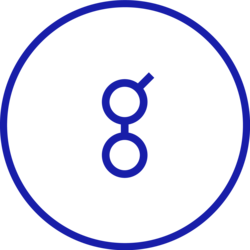Golem is a unique decentralized supercomputer that combines the computing power of diverse machines ranging from personal PCs to entire datacenters. This system is readily available for universal access and provides computational solutions for various tasks including CGI rendering, machine learning, and scientific computations. Golem leverages an ethereum-based transaction system to facilitate payments among providers, requestors, and software developers, with all computations conducted in isolated sandbox environments to ensure host systems' safety.
Brass Release and Its Updates
In 2016, Golem introduced the Brass version, which included two tools, Blender and LuxRender for CGI rendering. This was followed by three subsequent releases named Clay, Stone, and Iron. Recently, Golem updated their Brass Beta, which introduced a streamlined task creation GUI, support for partial task restarts during subtask timeouts, and a fix for issues with the Docker service on Windows. In addition, improvements have been made to the Blender verification and transaction tracking subsystems, and the transaction history system was revamped to enhance user-friendliness with separate tabs for payments and incomes.
Core Features of Golem
Golem revolutionizes the organization and execution of compute tasks by powering decentralized microservices and asynchronous task execution. It is set to become an integral component for future Internet service providers and software development. Golem's network connects computers in a peer-to-peer network, enabling both application owners and individual users ("requestors") to rent out resources from other users' ("providers") machines. Today's resources are provided by centralized cloud providers, which are limited by closed networks, proprietary payment systems, and rigid provisioning operations. Golem also features a dedicated ethereum-based transaction system, integral to its set of built-in features, which allows direct payments between requestors, providers, and software developers.
Infrastructure and Platform Services
Golem's function as the backbone of a decentralized market for computing power can be seen as both Infrastructure-as-a-Service (IaaS) and Platform-as-a-Service (PaaS). However, by adding dedicated software integrations, Golem offers its true potential. Developers and other interested parties can freely create and deploy software to the Golem network by publishing it to the Application Registry. Along with the Transaction Framework, developers can also extend and customize the payment mechanism resulting in unique mechanisms for monetizing software.





Golem social statistic
166,518
Twitter followers
0
Telegram members
21,380
Reddit subscribers
0
Facebook likes